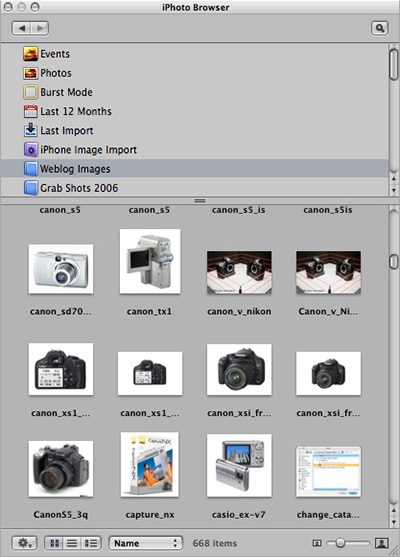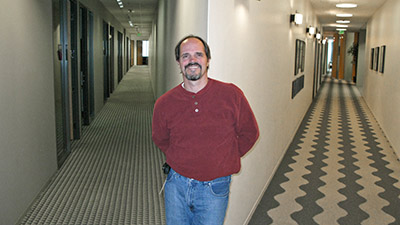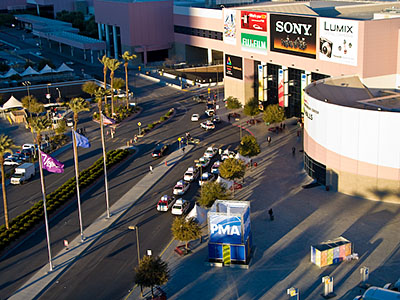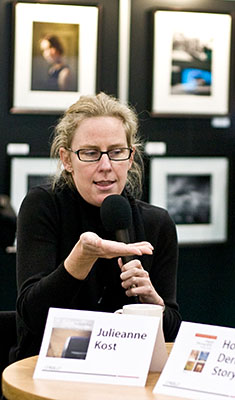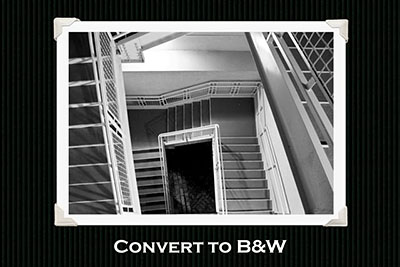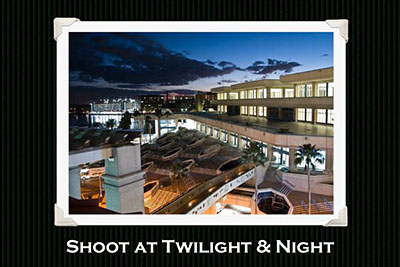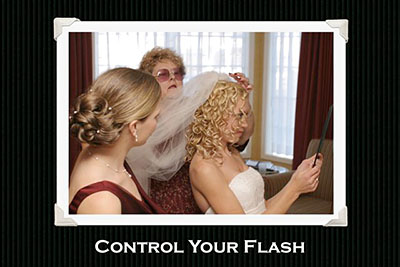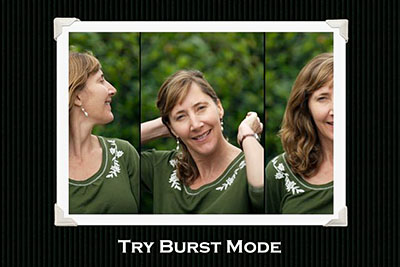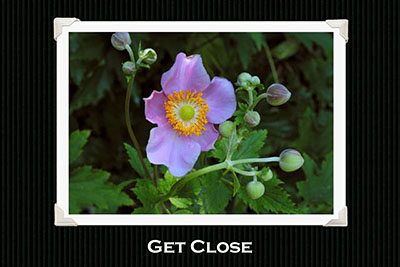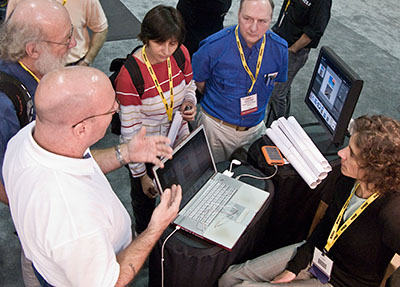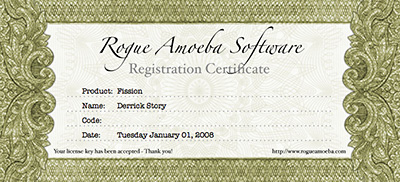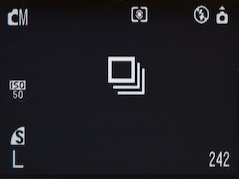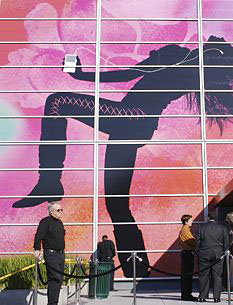
Compact cameras can deliver terrific video as well as stills. This week's podcast features a movie I captured at the Tampa Aquarium during an evening event sponsored by Kodak at Imaging USA.
The lights were on in the ray and shark pool, and I got down low with my G9 mounted on a Gorillapod to shoot the activity through the glass. You can hear conversations I have with passer-bys asking about the camera and its abilities.
Monthly Photo Assignment
Empty is this month's photo assignment. Empty spaces, empty containers, empty lives... lots of possibilities for this one. You can read more about how to submit on our Submissions page. Deadline for entry is Feb. 29.
Listen to the Podcast
Now that I've piqued your curiosity, it's time to listen to today's video show titled, "A Visit to the Tampa Aquarium." You can download the podcast here (2:21 minutes). You can also subscribe to the podcast in iTunes
The Digital Story Podcasts are available for direct download from Apple iPhones. I've created a special mobile download page here. Just load the page in Safari, browse the podcast line-up, and click on the one you want to listen to.
Want to share photos and talk with other members in our virtual camera club? Check out our new Flickr Public Group. It's a blast!
Check out what you can do with an $150 underwater housing and a compact point and shoot by taking a look at my underwater gallery from the Caribbean.
Have you looked at the Park by the Numbers Camera Phone Project? If you have a camera phone, you've got to check this out.
Events! See the TDS Event Calendar for photography workshops, speaking engagements, and trade show appearances.
Technorati Tags: digital photography, podcast, technique, Technology, The Digital Story, tips
Sponsor Notes...
Lowepro Bags for Photographers On the Go -- Lowepro gear for every type of camera rig, every type of photographer.
Add Magic to Your Slideshows -- FotoMagico presentations are so amazing that your audience will be asking how you did it.

